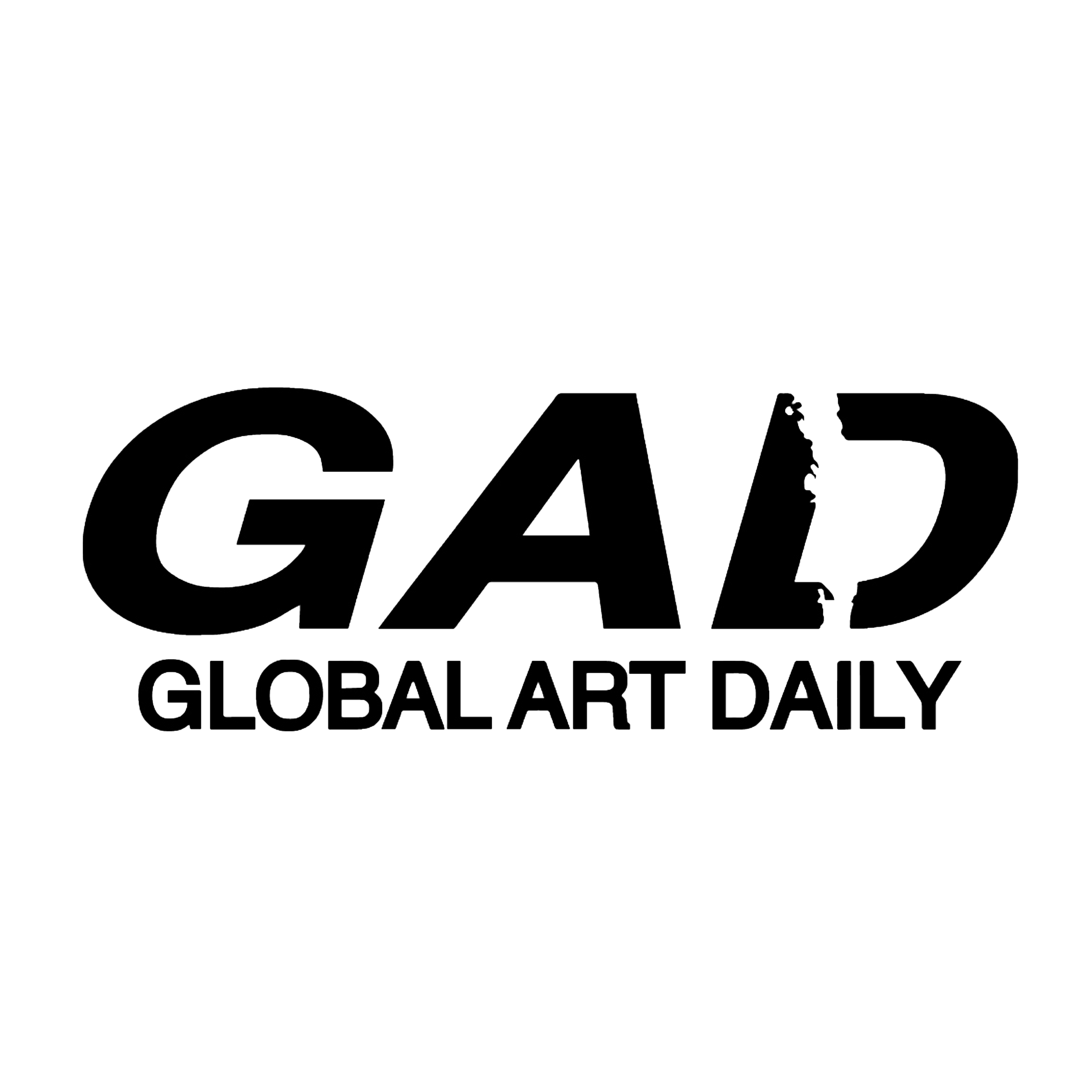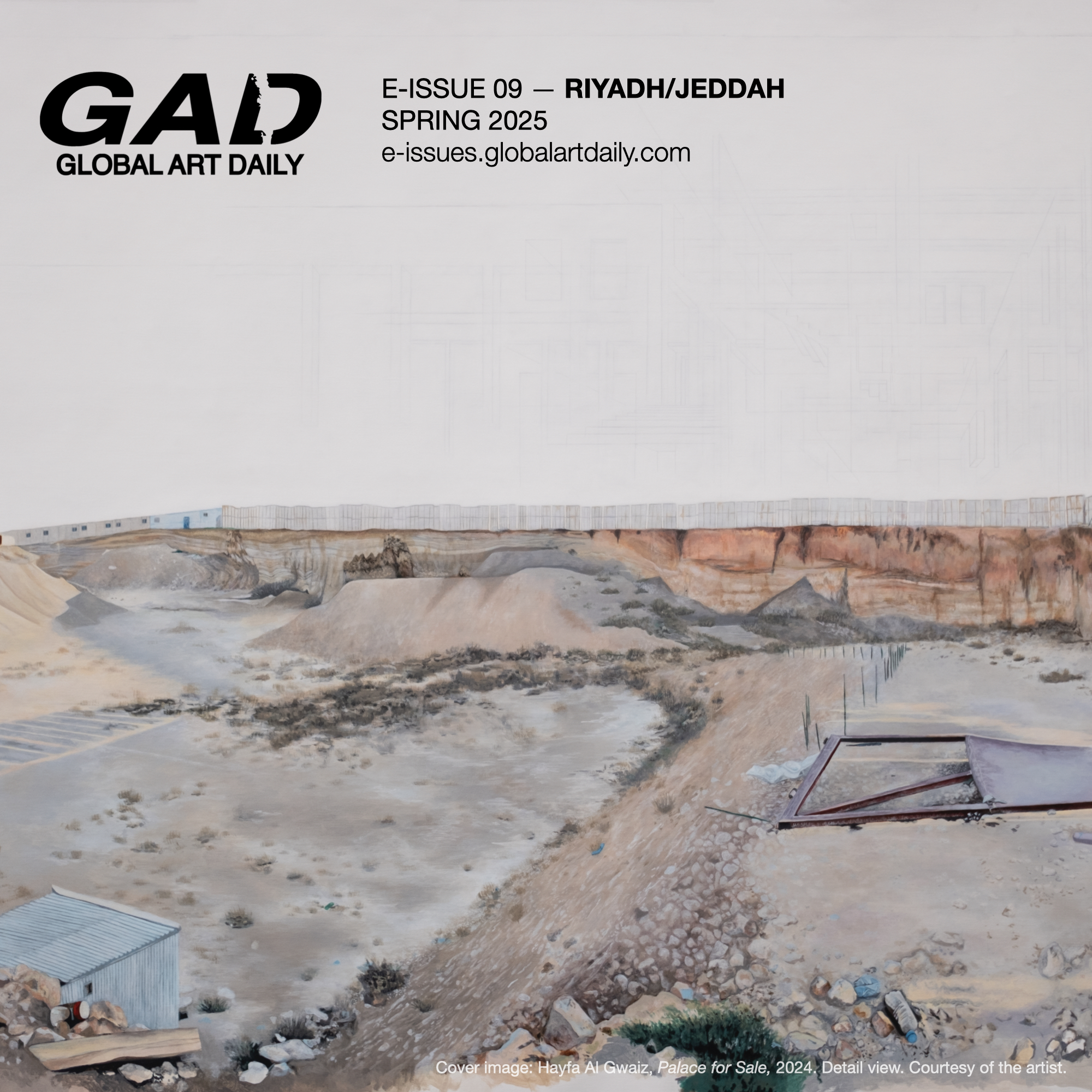

- Editor’s Note
- What’s On in Jeddah
- Cover Interview: Hayfa Al Gwaiz
- A Season in Review: Riyadh 2024
- Individual Stories, Common Threads: Hayat Osamah’s Soft Gates at the Islamic Arts Biennale 2025
E-09++
Fall 2025
Exhibition November 19, 2025
AUH Making Dreams Come True: Thaer Select and Vertygo Bring Mirage to Reality at Erth Hotel Abu Dhabi
